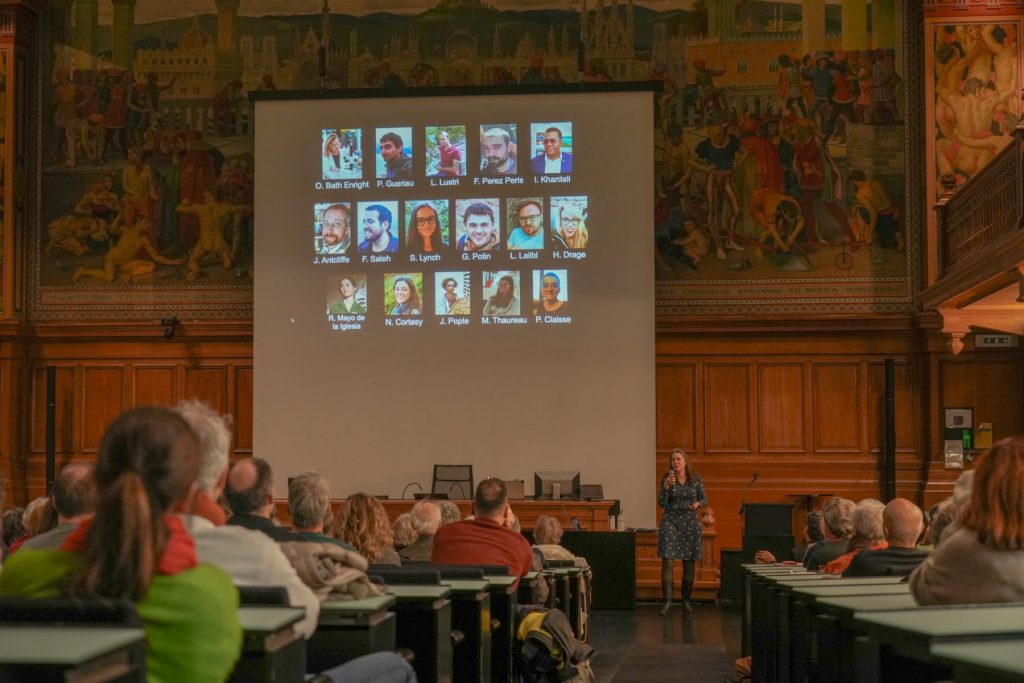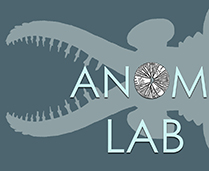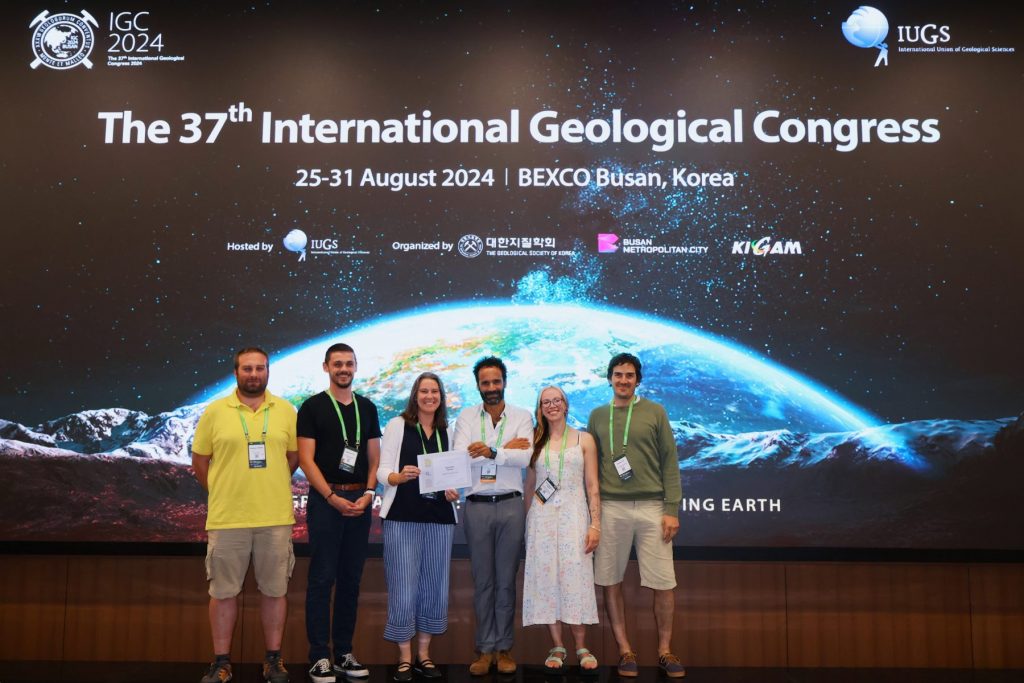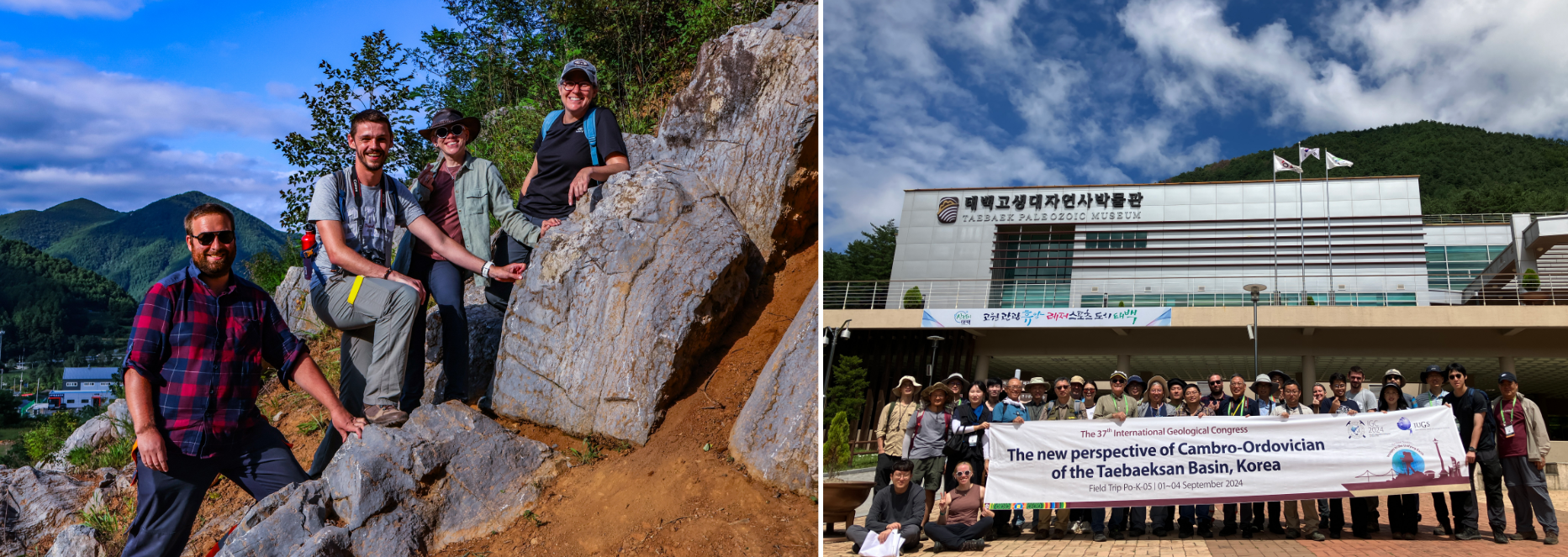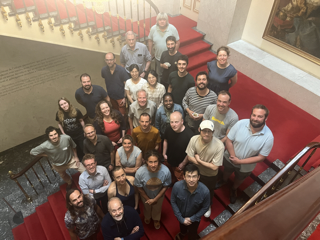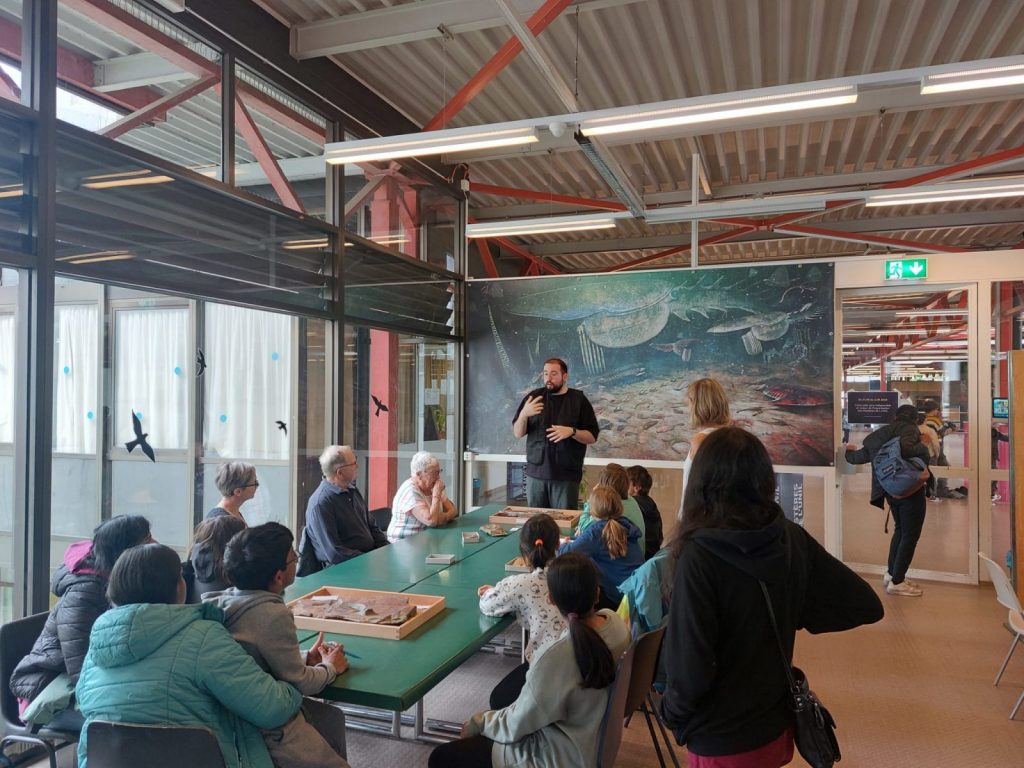On Wednesday, January 22nd 2025, the AnomLab, in collaboration with the Naturéum (Lausanne), hosted a public presentation on some of Earth’s earliest animal ecosystems—millions of years before the emergence of the first fishes. The event focused on the Fezouata Biota of Morocco, a fossil-rich site that offers unique insights into life during the Early Ordovician period (~480 million years ago).
The presentation began with Prof. Allison Daley, who provided an introduction to the history and remarkable diversity of the Fezouata Biota. Dr. Farid Saleh followed with a discussion on the environmental conditions of the Early Ordovician, setting the stage for Dr. Pierre Gueriau’s presentation on the advanced analytical techniques used to study these fossils. PhD researcher Gaëtan Potin shared his findings on the Fezouata’s assemblage of giant nektonic arthropods, known as radiodonts, while Ismail Khardali, who recently joined the University of Lausanne for his PhD, concluded the talks with an exploration of the region’s geological, ecological, and cultural heritage.
The presentations were followed by a guided tour of La Mer Avant les Poissons, the Fezouata exhibit, which was primarily organized by Prof. Daley and Dr. Gueriau. The tour was led by Dr. Saleh, providing attendees with an opportunity to engage with AnomLab researchers and ask questions about these extraordinary fossils. The evening concluded with an informal apéro, fostering further discussions between scientists and the audience.
Key Scientific Highlights
- The Fezouata Biota represents a highly diverse fossil assemblage from the Early Ordovician of Morocco.
- It was discovered approximately 25 years ago by Mohamed Oussaid Ben Moula, a Moroccan fossil collector whose contributions are internationally recognized.
- During the Early Ordovician, Morocco was located near the South Pole, providing a refuge for marine life escaping the warmer waters of lower latitudes.
- Periods of environmental stress led to storms that buried organisms in sediment, enabling their preservation.
- Scientists use both traditional techniques (such as photography and drawings) and modern technologies (such as CT scanning) to study these fossils.
- CT scanning is particularly valuable for revealing anatomical details hidden within the surrounding sediments.
- Radiodonts from the Fezouata Biota reached remarkable sizes, some exceeding two meters in length, and were abundant in the water column, feeding on plankton.
- The Zagora region is not only rich in fossils but also home to hundreds of archaeological sites, diverse flora and fauna, and a vibrant cultural heritage, including traditional festivals.
Visit the Fezouata Biota Exhibit
La Mer Avant les Poissons is on display at the Naturéum – Muséum Cantonal des Sciences Naturelles – Lausanne until April 27, 2025. The exhibit is free to visit, and on the first Saturday of each month, an AnomLab scientist will be present in the afternoon to answer questions from the public. Don’t miss this unique opportunity to explore a window into Earth’s distant past.
